Architects: a|911
Area: 650 m²
Year: 2022
Photography: Onnis Luque
Lead Architect: Saidee Springall, José Castillo
Manufacturers: CONCRETO CRUZ AZUL, Cemex, MACERE México, Tecnolite
Landscaping: Janisse Cruz, David Díaz, Anahí Toriz
Structural Engineer: Oscar Trejo
Local MEP Engineering: Gilberto Jocirin
Lighting Consultant: Pablo Gadsden
City: Mexico City
Country: Mexico
The Pilares Valentín Gómez Farías project, located in Mexico City’s Benito Juárez neighborhood, embodies a rejuvenation effort through architecture. Designed by the firm a|911, this community center targets disenfranchised groups with educational and cultural offerings. The center is strategically placed within Rosendo Arnaiz Park, utilizing innovative architectural elements like lattice walls and north-facing skylights to integrate educational spaces with the natural environment. The design promotes an educational system that extends into the park, facilitating both indoor and outdoor learning. This approach addresses social needs and enhances the civic landscape, making it a pivotal development in urban architectural practice.
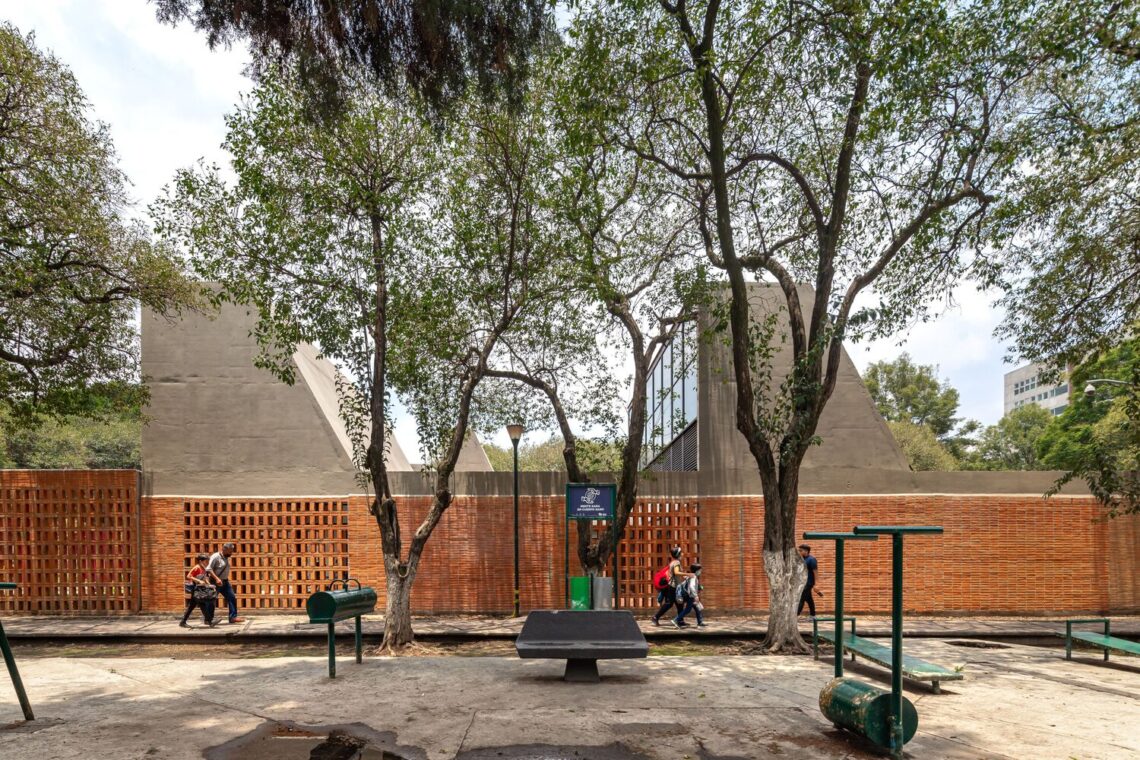
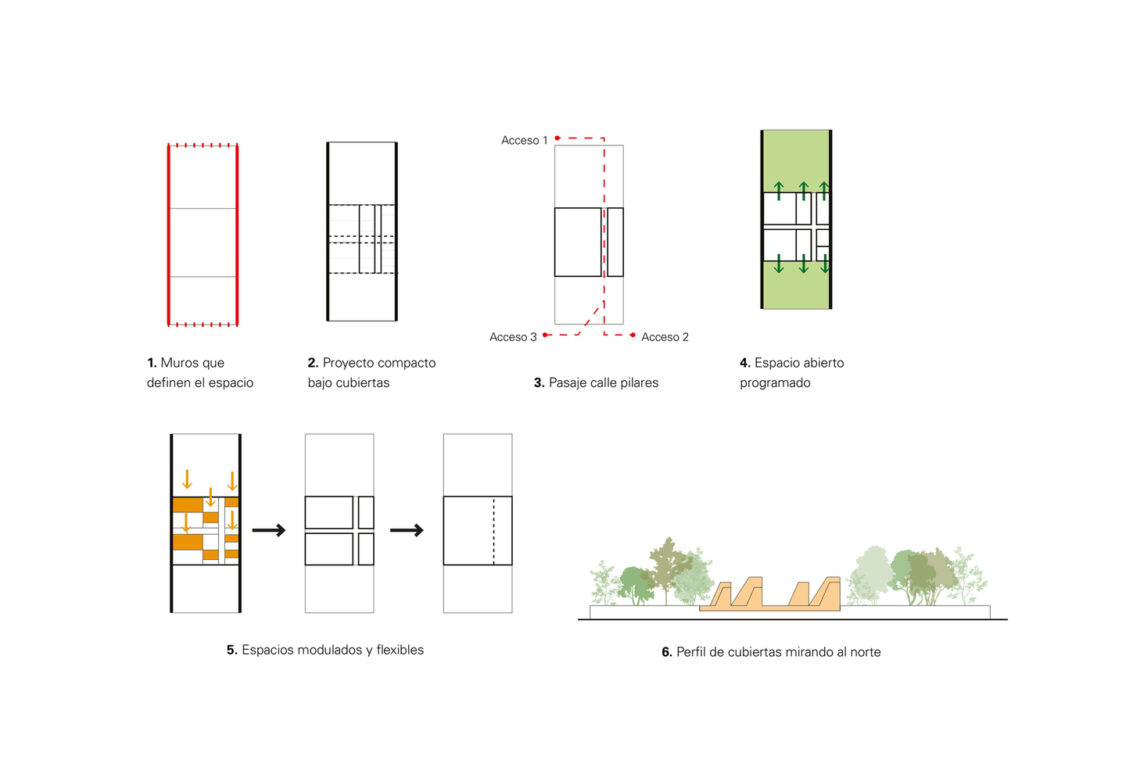
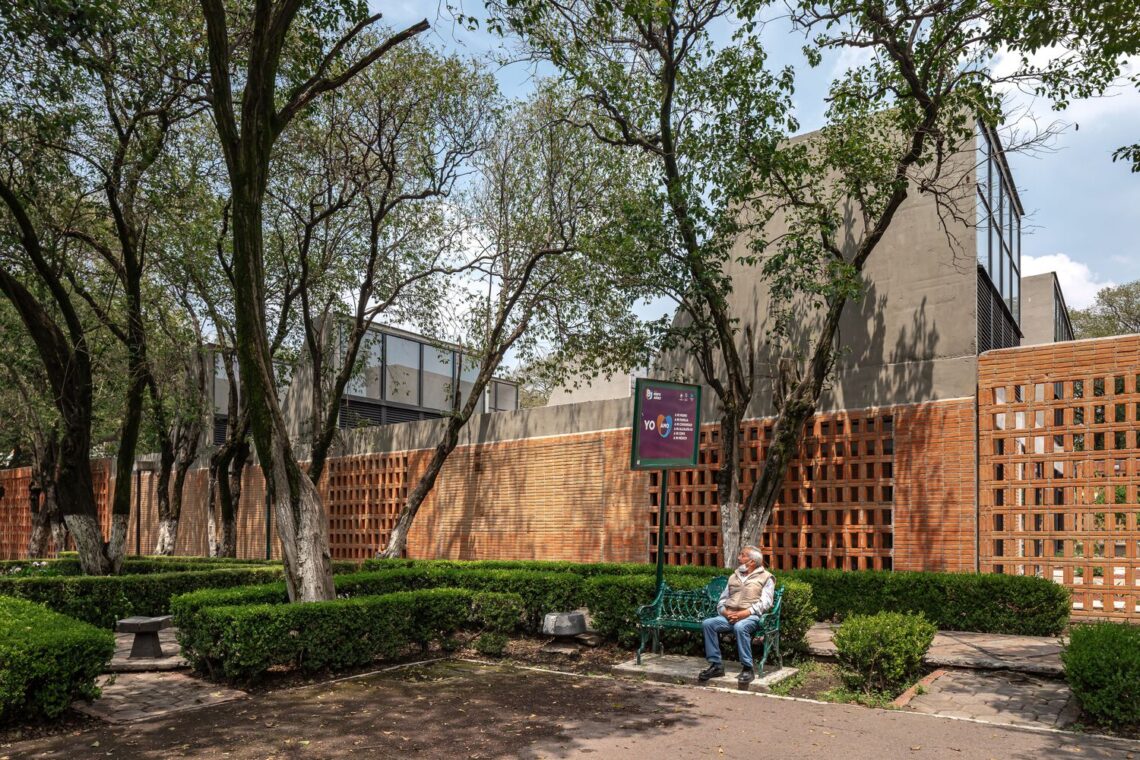
Pilares Valentín Gómez Farías is a building situated in the Benito Juárez neighborhood of Mexico City. This development is part of a public policy initiative aimed at rejuvenating the district through committed architecture, serving as a community center that benefits the residents.
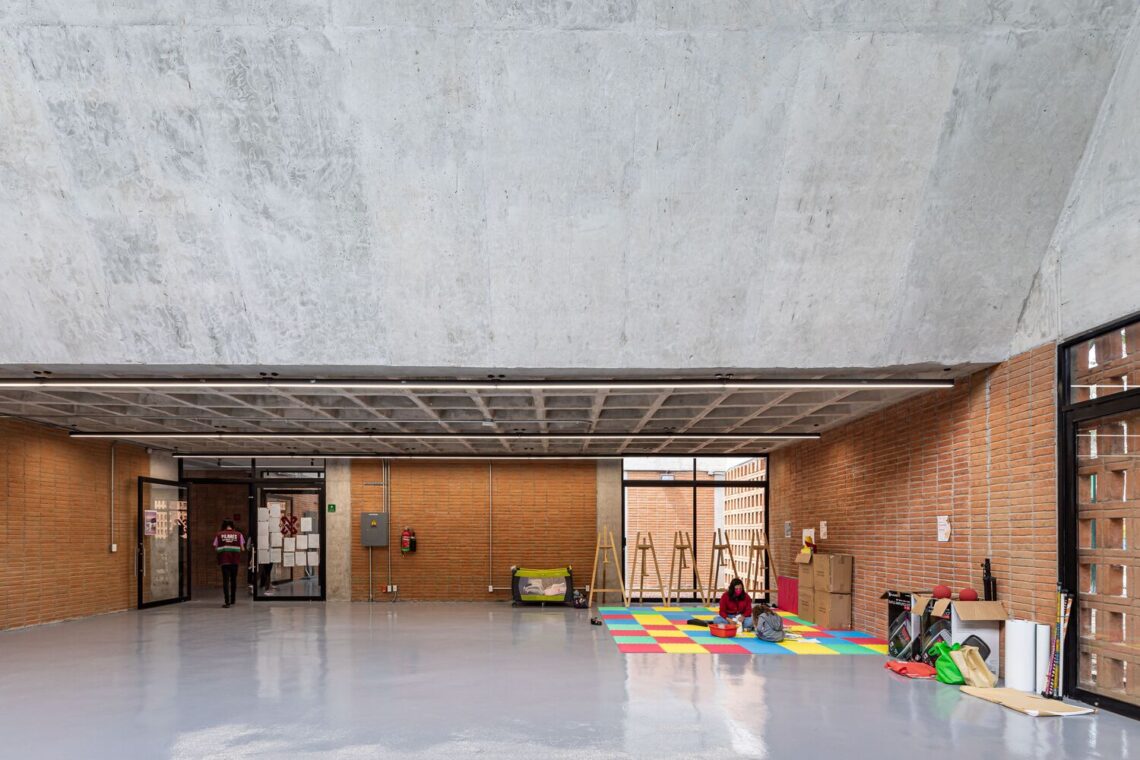
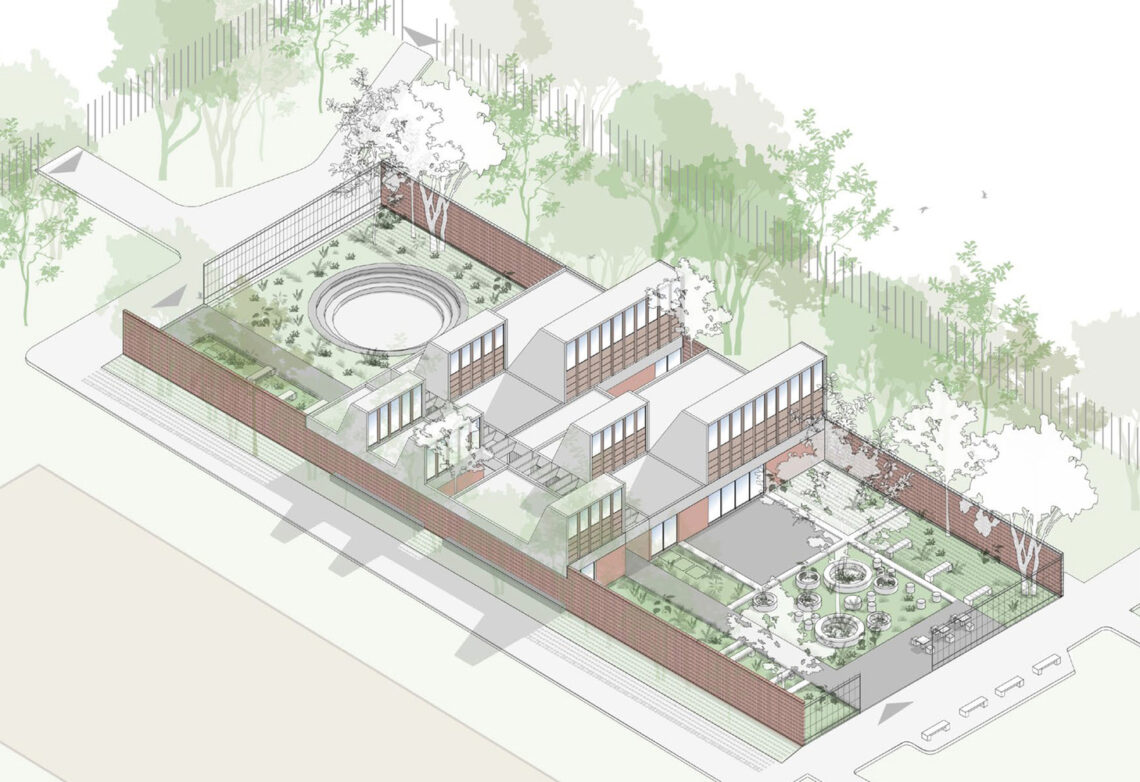
The architectural proposal prioritizes the needs of young people who have left formal education, women seeking to enhance their economic independence, and communities currently lacking proper cultural and sports facilities.
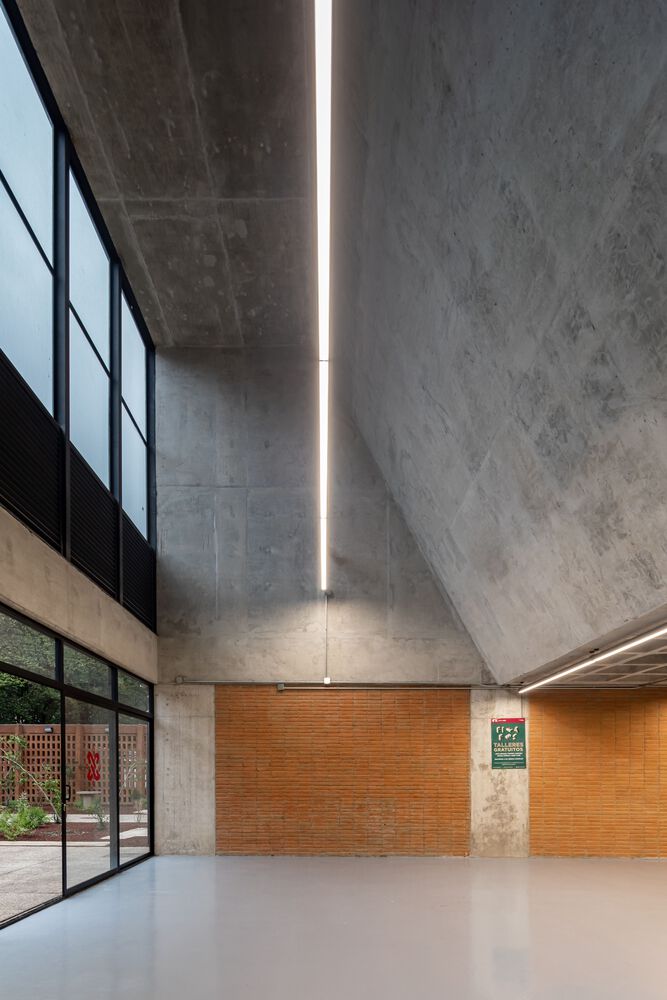
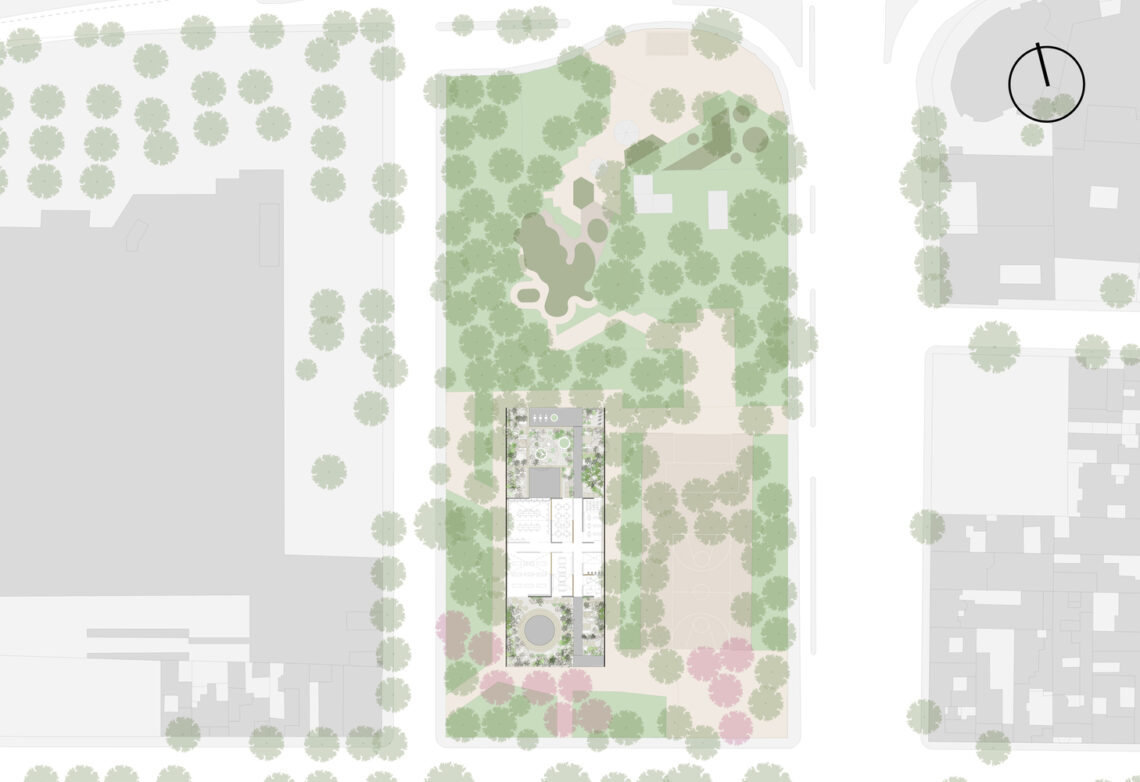
Located inside Rosendo Arnaiz Park, adjacent to the San Antonio metro station, the building occupies the site of the park’s deteriorated frontons, which had become a hotspot for crime. The design features two lattice walls at the eastern and western ends, enveloping a reticular enclosure. This arrangement includes a series of classrooms and educational spaces that are well-lit and ventilated by north-facing skylights of varying heights. These classrooms are interconnected by a longitudinal walkway, emphasizing the pavilion’s role over that of a traditional building.
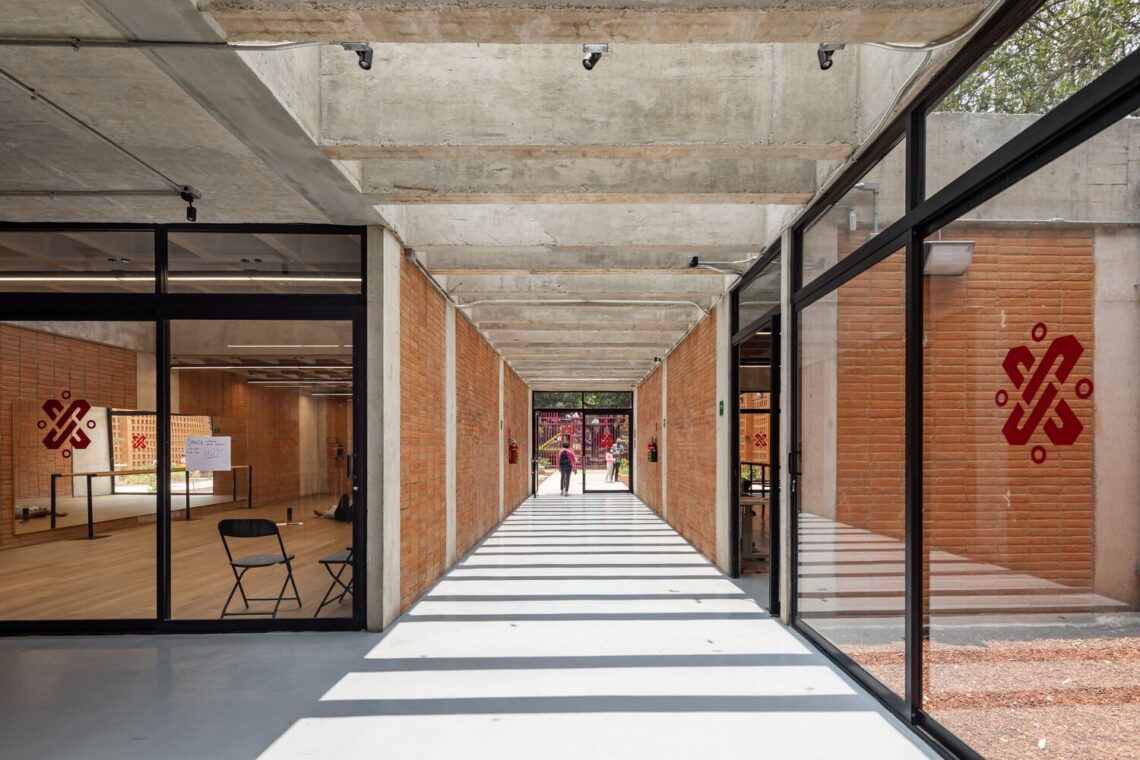
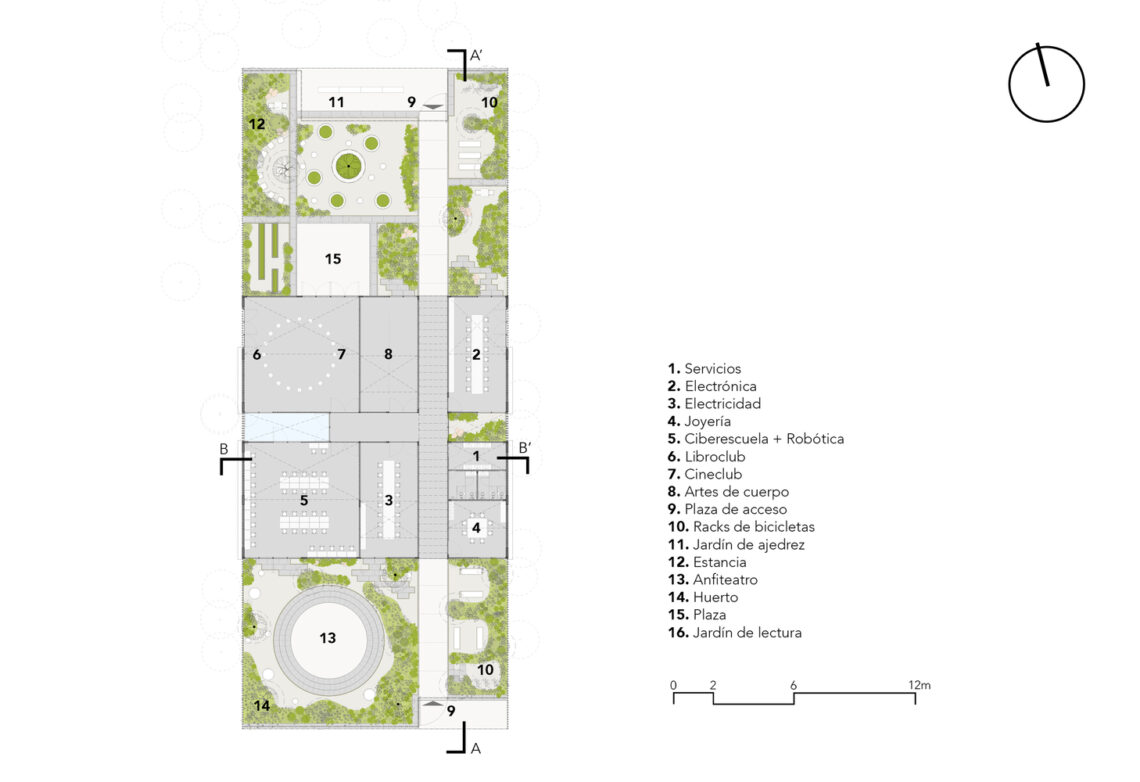
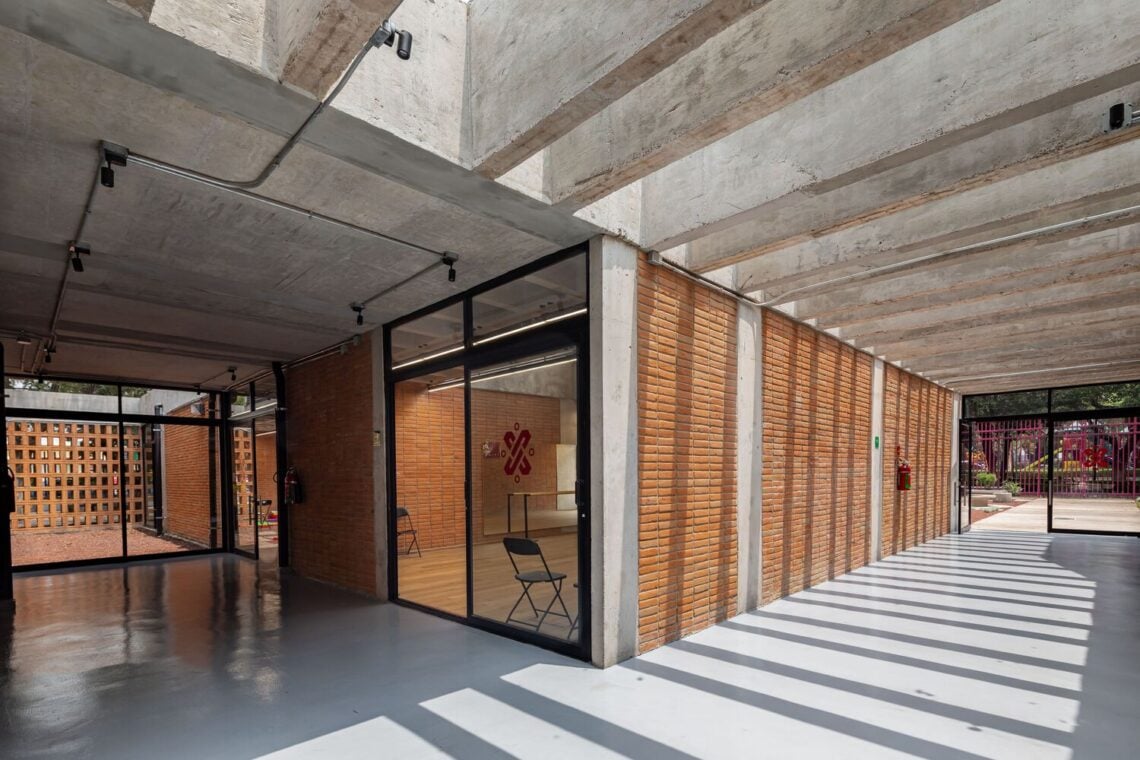
The center also includes two gardens at the north and south ends, welcoming users and acting as an extension of the park. These spaces support various activities like seating, reading, and an outdoor forum, thereby fostering an educational system that extends beyond the indoor spaces.
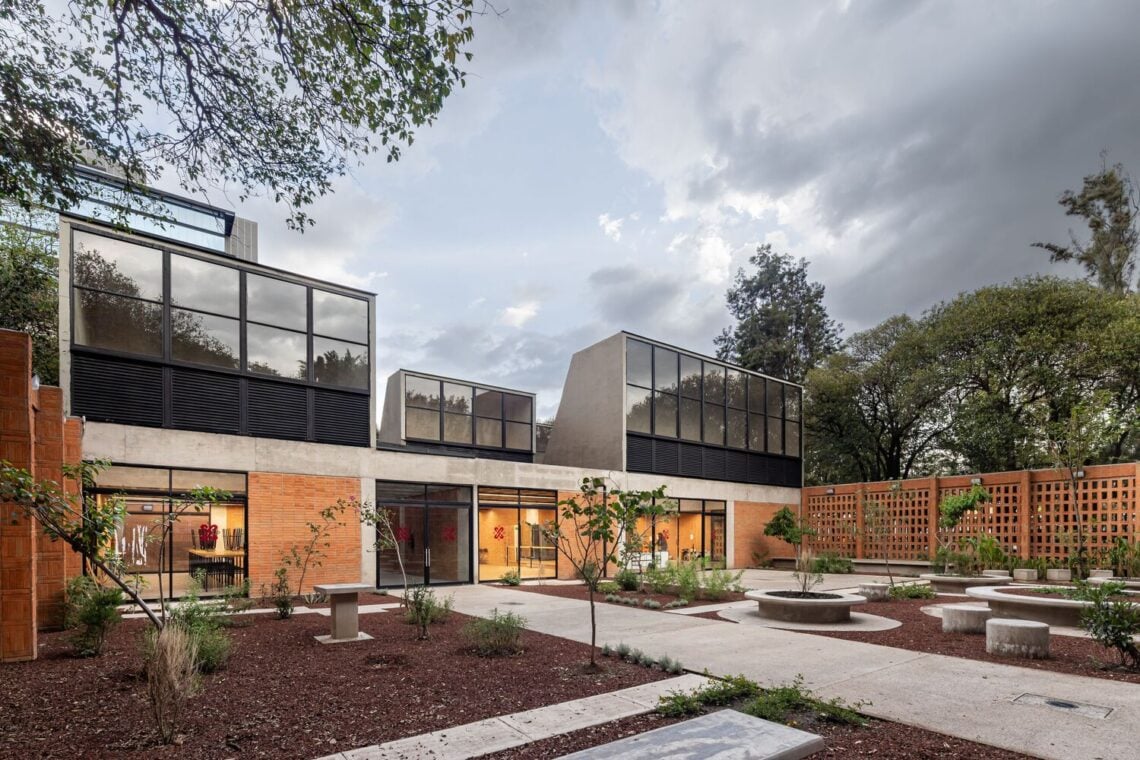
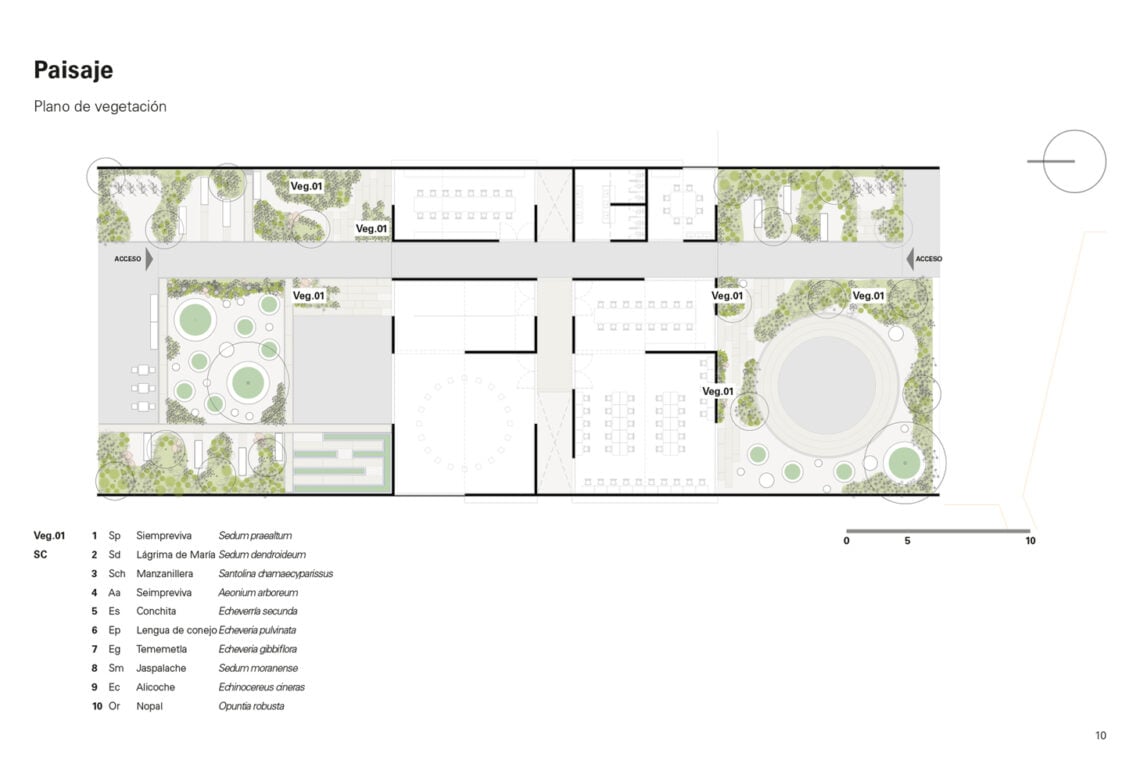
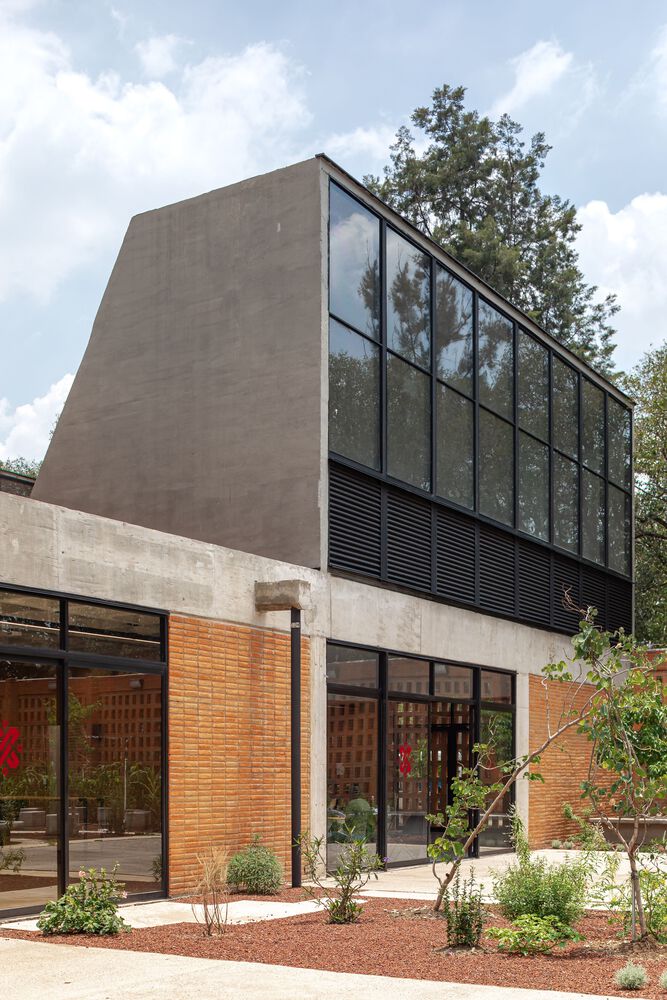
The architecture harmoniously integrates with the park through a design that balances permeability with a distinct presence, continuing the legacy of the park’s earlier structures but with a new form. The building’s materiality, featuring partition walls and reinforced concrete columns, evokes the social and educational infrastructure of past decades.
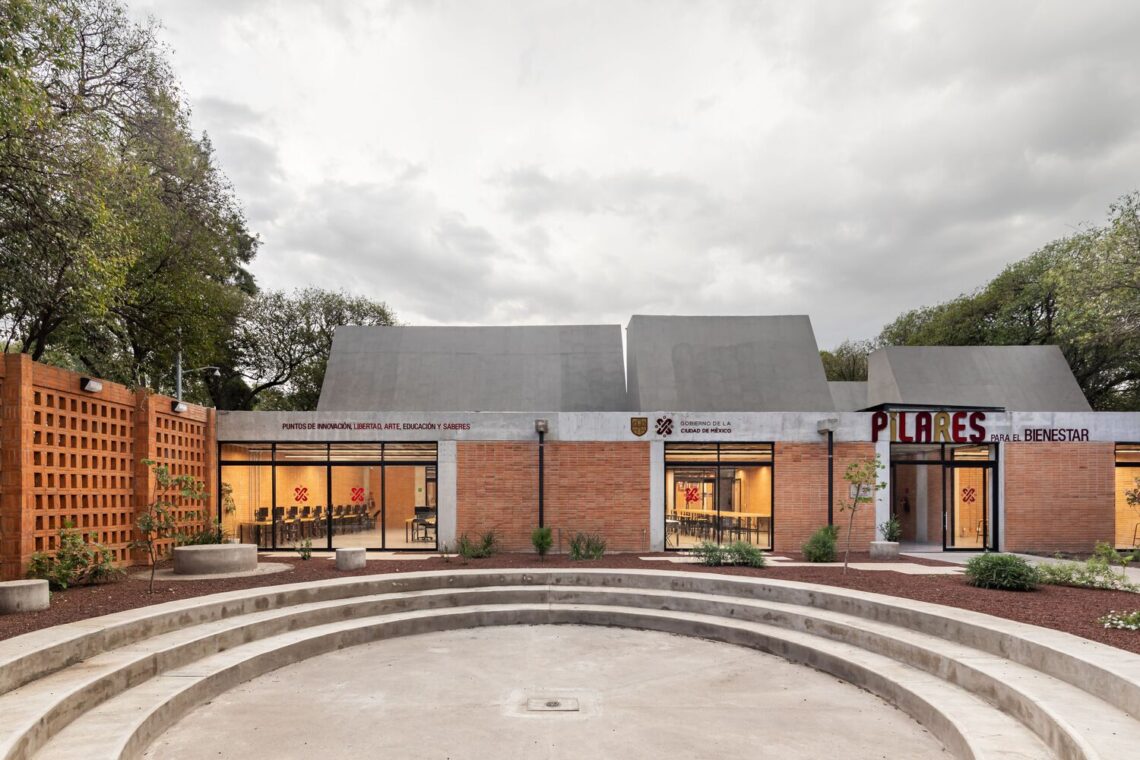
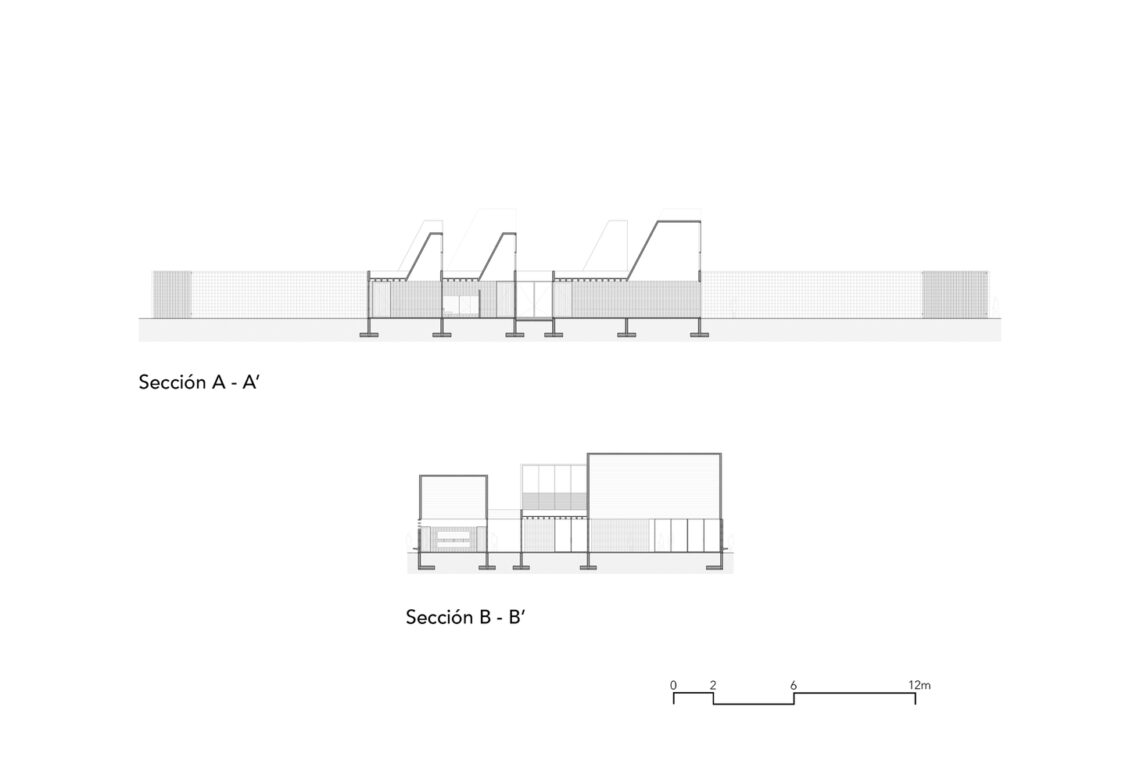
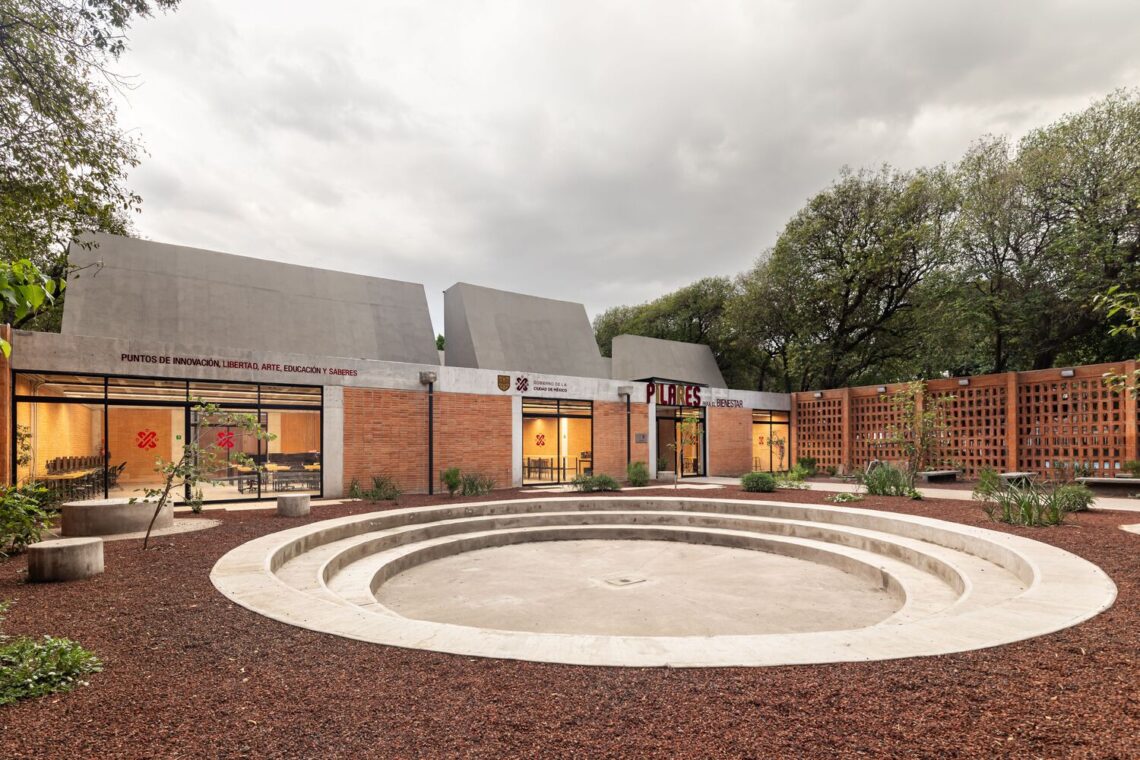
At the heart of the design is the creation of a new civic landscape, where the horizontal lines of the lattice walls are juxtaposed with the vertical dynamism of the skylights, adding a sculptural quality to the environment.
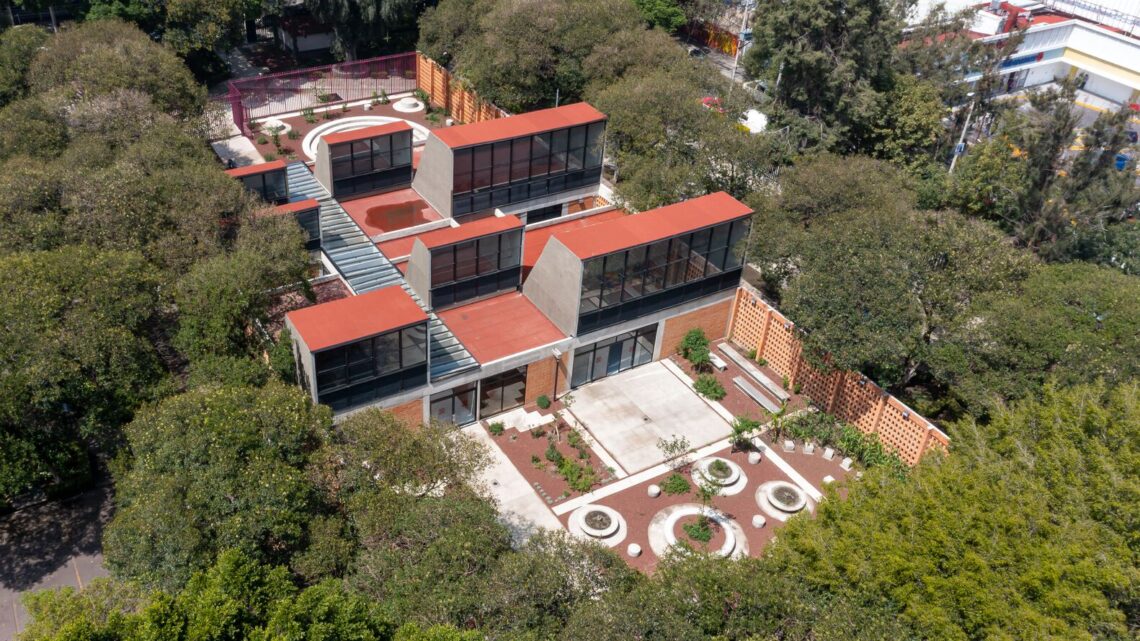
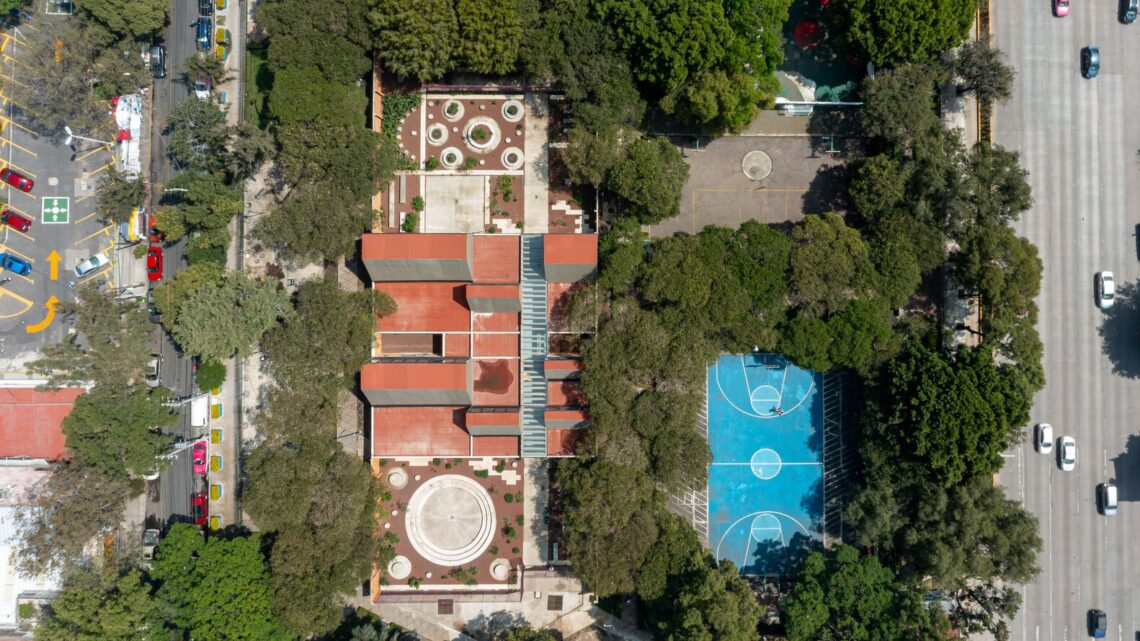
Project Gallery
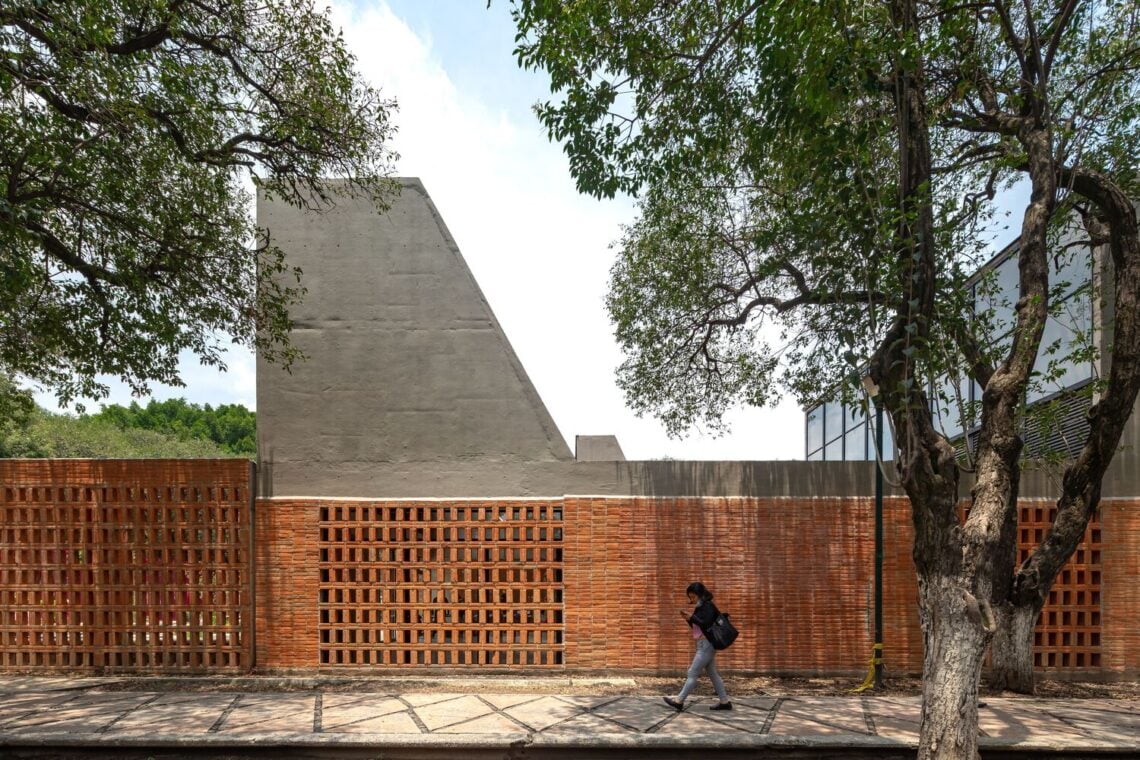

















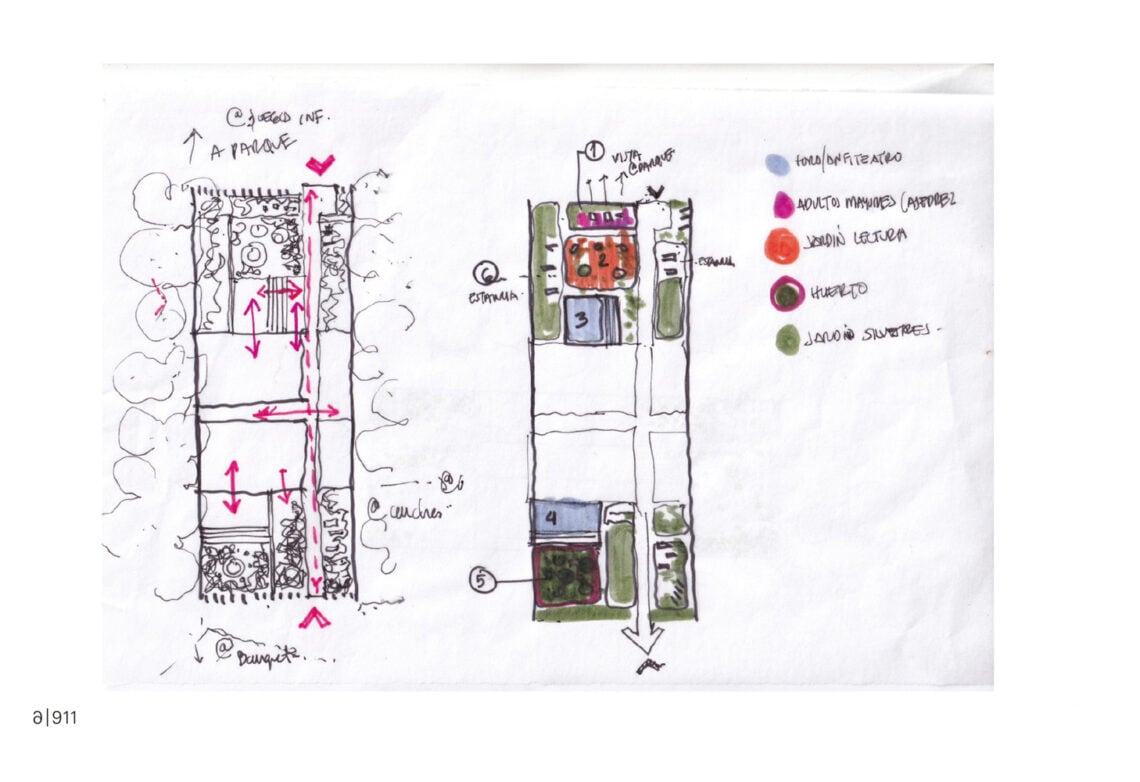

Project Location
Address: Andrea de Castagno, Miguel Angel, Nonoalco, Benito Juárez, 03700 Ciudad de México, CDMX, Mexico
Location is for general reference and may represent a city or country, not necessarily a precise address.


